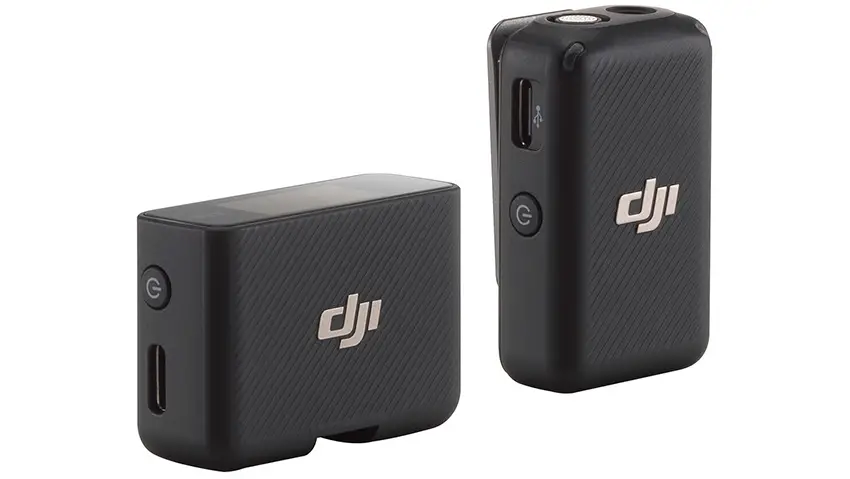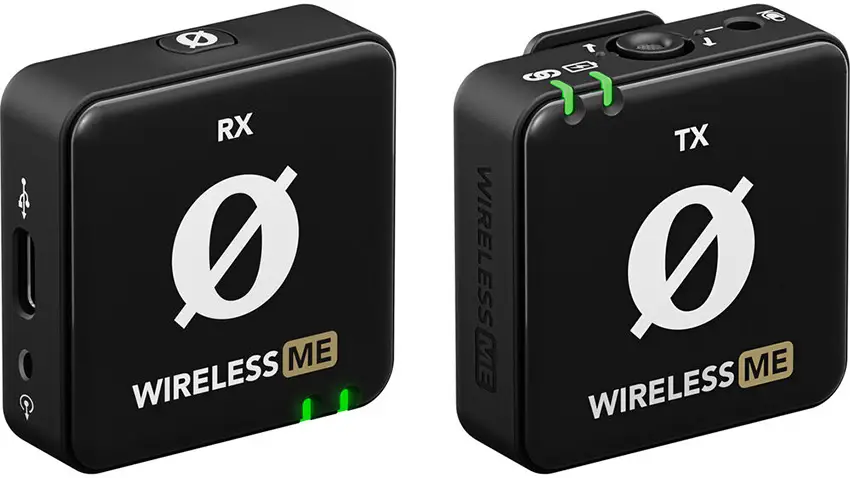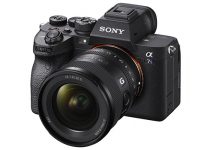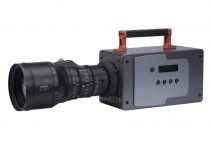The compact, lightweight, and affordable 2.4GHz wireless audio space continues to heat up with new, cheaper releases from RODE and DJI in the past few months.
RODE has just dropped the Wireless ME, a trimmed down version of the much-loved GO series that is designed for a single person, while the DJI Mic is now available in a one-user version.
Feature sets are similar between the two models but with different price points, different brands, and different designs it’s worth taking a closer look. Filmmaker Jeven Dovey did some of this testing to help find out which one is right for you.
These are both incredibly simple systems that are designed to make it easy for all level of filmmakers. Each of the transmitters even has a mic built in so you don’t need to worry about wiring one up on your own.
The RODE Wireless ME takes this to an extreme as it has just one button and doesn’t even have a screen. Just plug it in and let it do its thing.
On the DJI Mic, you will get a little more control. There is a tiny touchscreen display on the receiver for making some adjustments to your audio.
The transmitter also has some buttons for certain settings, like setting the backup recording, without needing to dive into an app.

Image Credit: DJI
That backup recording feature on the DJI Mic is huge. If you run into any issues while you are out shooting you can fall back on the clean recording capturing on the transmitter. The RODE doesn’t have this feature, unfortunately.
What is interesting about the RODE is how it handles the audio. There are three modes on the Wireless ME which can be controlled from the app either on your phone or your computer.
The receiver has options for turning the mic on/off, setting the gain, mode, levels going to your camera, and LED brightness.
Setting the GainAssist function is where we will take a deeper look. There are Auto, Dynamic, and Off settings. Auto is the usual and Off should be obvious, so it is the Dynamic we are going to look at. It is supposed to balance the audio to your environment and provide more “natural” sound.
DJI relies a lot more on manual settings to get things right. If you have a more dynamic scene this might be an issue and require you to go and fiddle with settings. Auto adjustments on the RODE can be very helpful.

Image Credit: RODE
In the quick tests you can see how the dynamic mode on the RODE keeps things at a better gain even with quick changes in input levels.
To be fair to DJI, there is an option to record a safety track at a different level if you are encountering dynamic scenes.
Range is up next. RODE claims a max of 100 meters (or 328’). In the tests you can see that with even a little interference, like the body of a person turning around and being in between the camera and mic, it suffers dramatically.
DJI worked much better and has nearly three times the rated range.
DJI also comes with a magnetic mounting system that is very nifty. It may cost a little more than the RODE but seems to offer a few distinct advantages.
RODE does have a cool trick for smartphone creators. The RODE Capture app can do a dual camera setup and allow you to record interviews or other content straight in your phone.
Pick whatever you prefer, but the DJI’s backup recording feature could be invaluable.
Which would you pick?
[source: Jeven Dovey]
Order Links:
Disclaimer: As an Amazon Associate partner and participant in B&H and other affiliate programmes, we earn a small comission from each purchase made through the affiliate links listed above at no additional cost to you.



